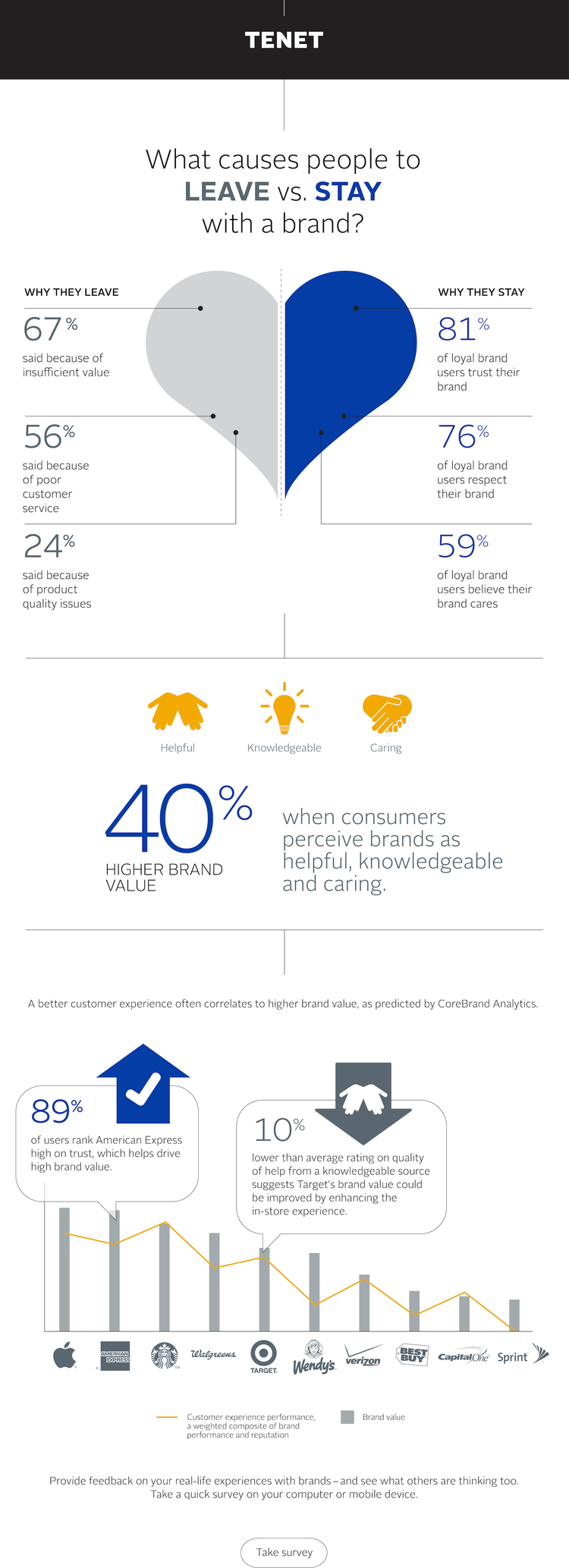New York, NY (January 30, 2015) – Original article at: Business Observer
Corporate Social Responsibility (CSR) is often confused with other terms such as sustainability, good corporate citizenship, ethical business practices, environmental responsibility, philanthropy, charitable giving, etc. Although each of these is a form of CSR, they are collectively a set of tools available to convey a leadership mindset focused on managing a corporation as part of a larger social fabric.
Even the term itself, “Corporate Social Responsibility” sounds like a nuisance that those who are too busy with running a small business may prefer to avoid if possible. But when CSR is woven into your corporate DNA, you will find it one of the best ways to build your corporate brand and customer loyalty.
In an excellent article entitled, “The path to best in class CSR: Deloitte” published in the Jan. 10 issue of Business & Leadership, Deloitte managing partner Brendan Jennings captures the essence of the issue. “What I don’t want is for our staff to hear CSR and just think of volunteering or something relating to the environment. Those things are all very important, and our people want to do them, but CSR is a much broader concept than that.”
For Jennings, Deloitte’s CSR positioning is a key component of its business strategy. “Organizations that are clear in their purpose achieve more. Our purpose is to be a quality provider of services … one that does its best for its clients, its people and the wider community, and one that can stand over everything it does.”
Jennings goes on to say, “In relation to the clients we serve, it means doing our very best, for a fair fee. When it comes to our people, who are our greatest and, indeed, only asset, if they believe in doing things the right way, good corporate governance is easier to ensure.”
To identify the kind of CSR projects that bring measurable ROI to your company, you need to give it the same kind of thought that goes into building a marketing plan or a media strategy. You need to be certain that it fits within your larger business strategy. Think about the essence of your company. What does it stand for? What do you believe in? Do some CSR programs resonate better than others? Is there one that clearly fits your business model? If you are lucky enough to find the perfect CSR fit, then you need to develop a plan to create differentiated positioning — after all the key to branding your company is differentiation.
Consistency, commitment, and communications are also important to getting the most value back for the effort you make in CSR. I worked with The Reader’s Digest Association prior to its initial public offering and reviewed its many and generous CSR activities. One example is, the company provided funding for the massive beautiful vase of flowers at the entrance of the Metropolitan Museum of Art in New York — but it never attached its name to the action. I pointed out that while an anonymous gift is admirable, it is also somewhat selfish. Even a small unobtrusive plaque in my opinion is generating goodwill among key audiences such as employees who would also like to share in the good feeling achieved by your company’s CSR program.
CSR benefits to remember:
Employees care about your CSR programs and want to be involved;
Include CSR activities as part of your recruitment package to help to attract the most desirable candidates;
Consumers are increasingly aware of sustainable business practices;
Consistent CSR practices lead to customer loyalty;
If possible, you should own (brand) your signature CSR activity;
Know your suppliers and their CSR policies to avoid issues that could reflect poorly on your company;
Monitor social media to understand how your company’s CSR policies are seen by others; and
Train your management and employees how to speak about your CSR programs to maximize the goodwill created by these activities.
Deloitte’s strategy was summed up: “When your people know why they are doing what they do, that helps protect not just the organization but the brand and the client, too. That is what makes CSR so hugely powerful, and about far more than fundraising or volunteering.”’
Corporate Social Responsibility is a key component of the best long-term business strategies for companies of any size. Corporations must be ever mindful of the impact they have on the world in which we live. Understanding the immediacy of communications today and the impact that they can have on your corporate brand means that CSR needs to be a fundamental part of your communications platform and your corporate DNA.


